Spain by train
Explore the country on its fast, modern rail system and, writes Simon Calder, the plain flies by Simon Calder
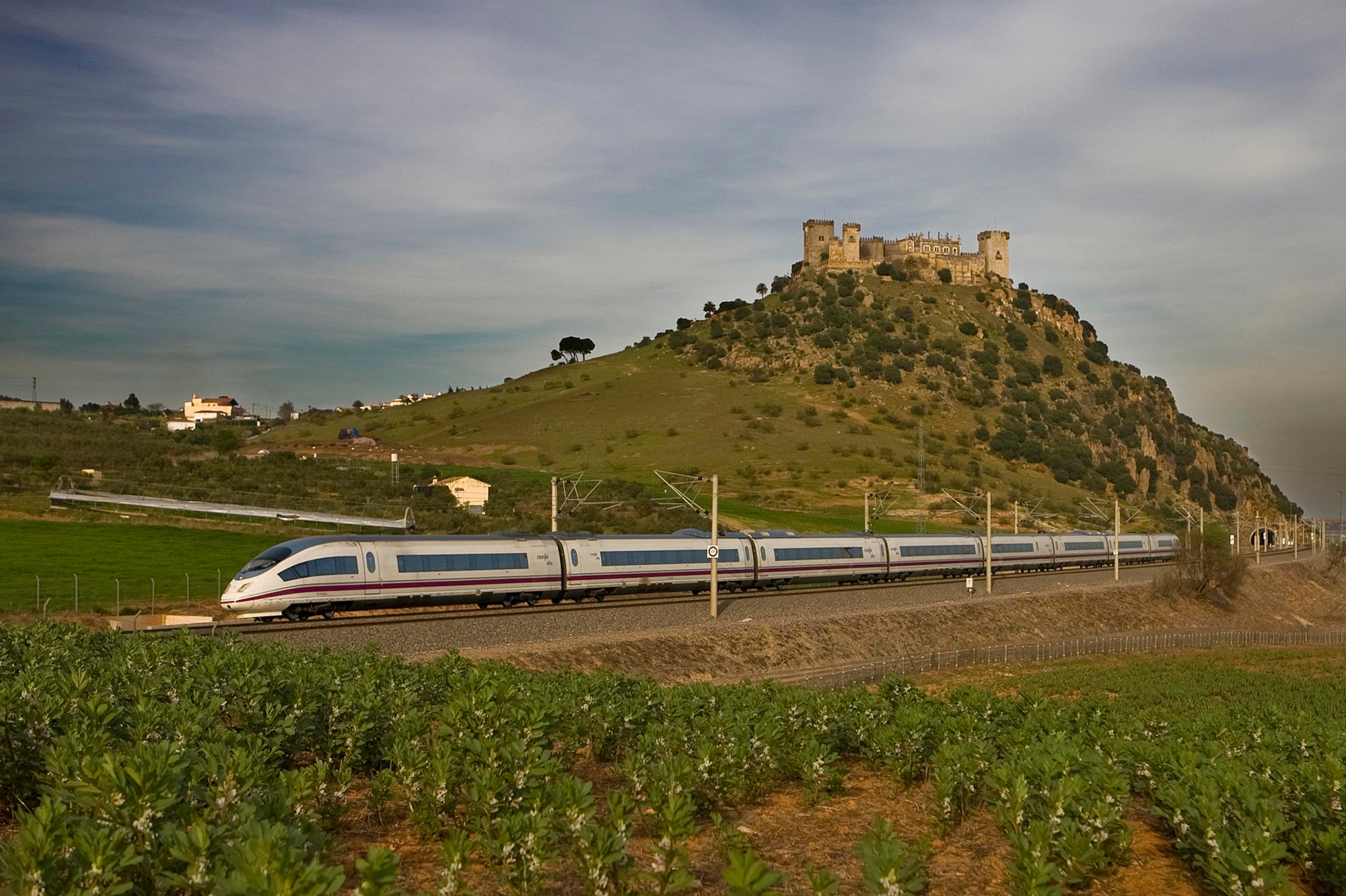

From the Mediterranean to the Atlantic, Spain can be explored by train more easily than ever before. And if you would like to travel from sea to shining sea in a single hop, a train departs from Barcelona for the lovely Galician city of La Coruña each morning at 9.30am, taking just over 12 hours – and with a return fare of only €55. The journey unlocks some superb locations. First you shadow the southern foothills of the Pyrenees, then parallel the Camino pilgrimage route to Santiago de Compostela, and finally speed across the north-west corner of Spain to the ocean – arriving punctually for dinner, thanks to the nation’s relaxed attitude to meal times.
Yet it’s a shame to whizz straight through. With the flexibility and frequency offered by Renfe (Spanish Railways), you can hop on and off, exploring key locations along the way. My highlights begin under two hours from Barcelona, at Zaragoza Delicias, or Delightful Zaragoza, as the station name approximately translates. The city still shines from its year in the sun as Expo city in 2008, with modern gardens complementing its ancient history. Pamplona, 100 minutes down the line, is best visited at any time other than the eight days in July when the festival of San Fermin takes place – better known as the Running of the Bulls. You need calm to appreciate the charm of the capital of Navarra – best sampled with wine or coffee at the Café Iruña, overlooking Plaza del Castillo.
Another 50 minutes takes you to the capital of Spain’s Basque Country. The city may be smaller than Bilbao and less celebrated than San Sebastián, but is a hidden gem of the region: Vitoria-Gasteiz.
The picturesque, almond-shaped jumble of the old town complements the neat grid and broad plazas of the 19th-century expansion, while a radial park wraps the city in green loveliness, best explored by bike. Stay at one of Spain’s finest twostar hotels, the Dato, at Calle Dato 28 (00 34 945 147 230; hoteldato.com), a fine late 19th-century property doused in natural light. The most you should pay is €60 for a double.
Four hours across rugged terrain gives you respect for the engineers who created this great railway, and introduces you to León – not the name of the station master, but of the grandest city along the Camino de Santiago. Treat yourself to a stay in the Hostal de San Marcos, a splendid Parador (government-run historic hotel) that was originally the western HQ for the Military Order of St James (00 34 987 23 73 00; parador.es). Doubles from €104, b&b.
You could walk in two or three weeks to the end of the Camino, yet the train gets you to Santiago de Compostela in four hours. The Basilica dominates the city, but Galician glories are found throughout the old town. The end of the line at La Coruña provides a perfect contrast: a cheerful beach resort with one of the oldest lighthouses in the world punctuating the skyline. It’s a good place to assess where else Spain’s trains can take you, and reflect on the nation’s astonishing rail progress.
The Iberian peninsula had always had a disconnect with the rest of Europe. Partly because of the barrier of the Pyrenees (though engineers worked transportational wonders at either end of the range, as well as straight over the top). But mostly it was the decision to stray from standard gauge. When first I travelled through Spain by train in 1976, it was along the spectacular narrow-gauge railways along the north coast, and the ponderous “Iberian-gauge” services elsewhere in the country. Yet with democracy restored, Spain dazzled the world with progress. The miracle year of 1992 was the catalyst, when Barcelona hosted the Olympics, Madrid was European Capital of Culture, and Seville was the host for Expo ’92. The pioneering high-speed rail engineers created a magnificent line from Madrid through some wild landscapes to Andalucia – as you discover in the comfortable 105-minute blur of landscapes that accompany you on the journey from the capital to Córdoba.
Today Spain has easily the most extensive and modern high-speed network in Europe. AVE trains race at 300km/h from the capital to Alicante and Valencia, to Barcelona and onwards to France, and now to León and the north-west of Spain. This is a nation made for rail travel.
Travel Essentials
High-speed travel AVE stands for Alta Velocidad Española and conveniently also translates as “bird”. Trains fly at 300km/h (186mph), connecting Madrid with Barcelona in 2h 30m. The rolling stock on this link is among the most modern in the world, offering high standards of comfort (and excellent views) even in second class. The bestquality ride is in Club or Preferente class, where passengers are served complimentary meals and drinks; there is also a mains supply for laptops and mobile phones. The only difference between the two premium classes appears to be seating layout; the Club version is less regimented and, yes, feels more like a club. All travellers, even those in Turista class (second) are given earphones to enable them to listen to several channels of audio or watch the on-board films.
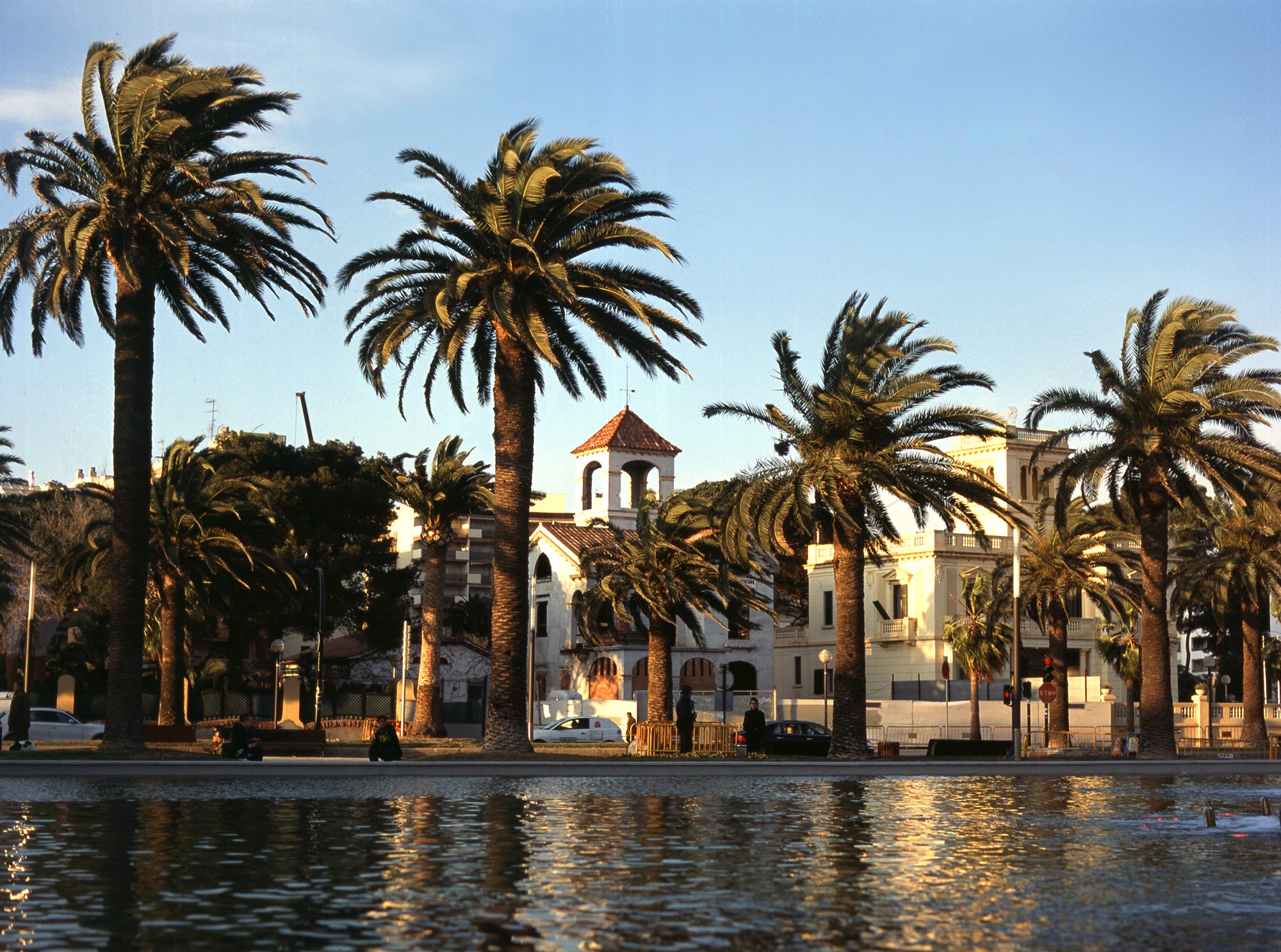
Costa Del Tren
Spain is twice the size of Britain, and rail is the most rewarding and relaxing way to travel through this beautiful country. But not everyone goes to Spain to take a great train adventure. Handily, holidaymakers in the leading Mediterranean resort areas all benefit from frequent trains trundling by.
Starting in the deep south, Malága airport has its own train station (in Terminal 3) with connections every 20 minutes along the Costa del Sol line direct to Torremolinos and Fuengirola. The latter is handy for Marbella and Puerto Banús, a quick bus ride beyond – and if you are staying put, public transport is a lot less hassle than renting a car. Torremolinos has mellowed since it was a package-holiday hotspot, and is well worth exploring.
The line running east from Alicante used to be branded the Costa Blanca Express. It is now part of the TRAM suburban rail system based in Alicante, but it is still a valuable resource on this lovely coastline – offering days out from Benidorm to the handsome regional capital, and vice versa. It also serves Villajoyosa, which retains something of the old seaside spirit.
The Costa Azahar (now on the map with Ryanair flights to Castellón airport) and Costa Dorada are connected to Barcelona with a fine, mostly singletrack line that offers easy access to resorts such as Benicarló and Salou – one of the most enticing places on the entire Mediterranean coast. It is rivalled by Sitges, another beauty on the main line between Tarragona and Barcelona.
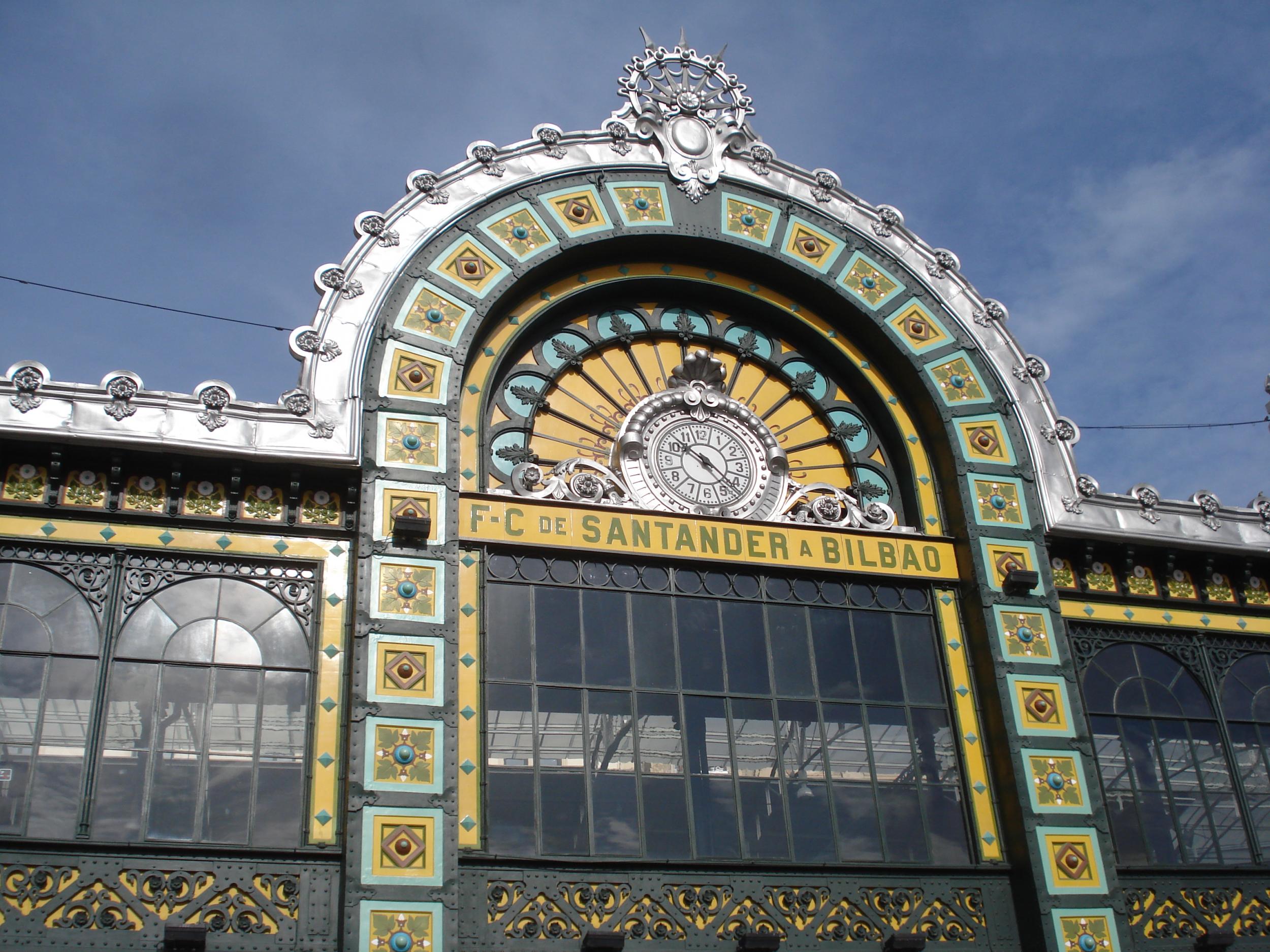
Narrow - not straight
Broaden your horizons on one of Spain’s superb narrowgauge trains. The rails in the north-west of the country, from the French frontier at Hendaye to the port of Ferrol (near Santiago de Compostela), and from Bilbao inland to León, are only one metre apart – much narrower than the European norm. Most are operated by Renfe-Feve – believed to be the world’s biggest metric-gauge rail enterprise, though the stretch from Hendaye via San Sebastián to Bilbao is run by EuskoTren.
The three-hour journey from Bilbao’s elegant station, La Concordia, west to Santander is a beauty – and, at €8.90 one-way, one of the bestvalue trips in Europe. The line digs deep into the muscular Basque mountains, then threads north almost to the ocean, before meandering beautifully to the Cantabrian capital.
The world’s only fivestar narrow-gauge rail cruise also serves the north coast. El Transcantabrico uses original 1923 coaches, and offers a wide range of excursions from key stops along the way. A three-day/two-night indulgent experience costs as little as €814 per person, rising slightly in May, June and September.
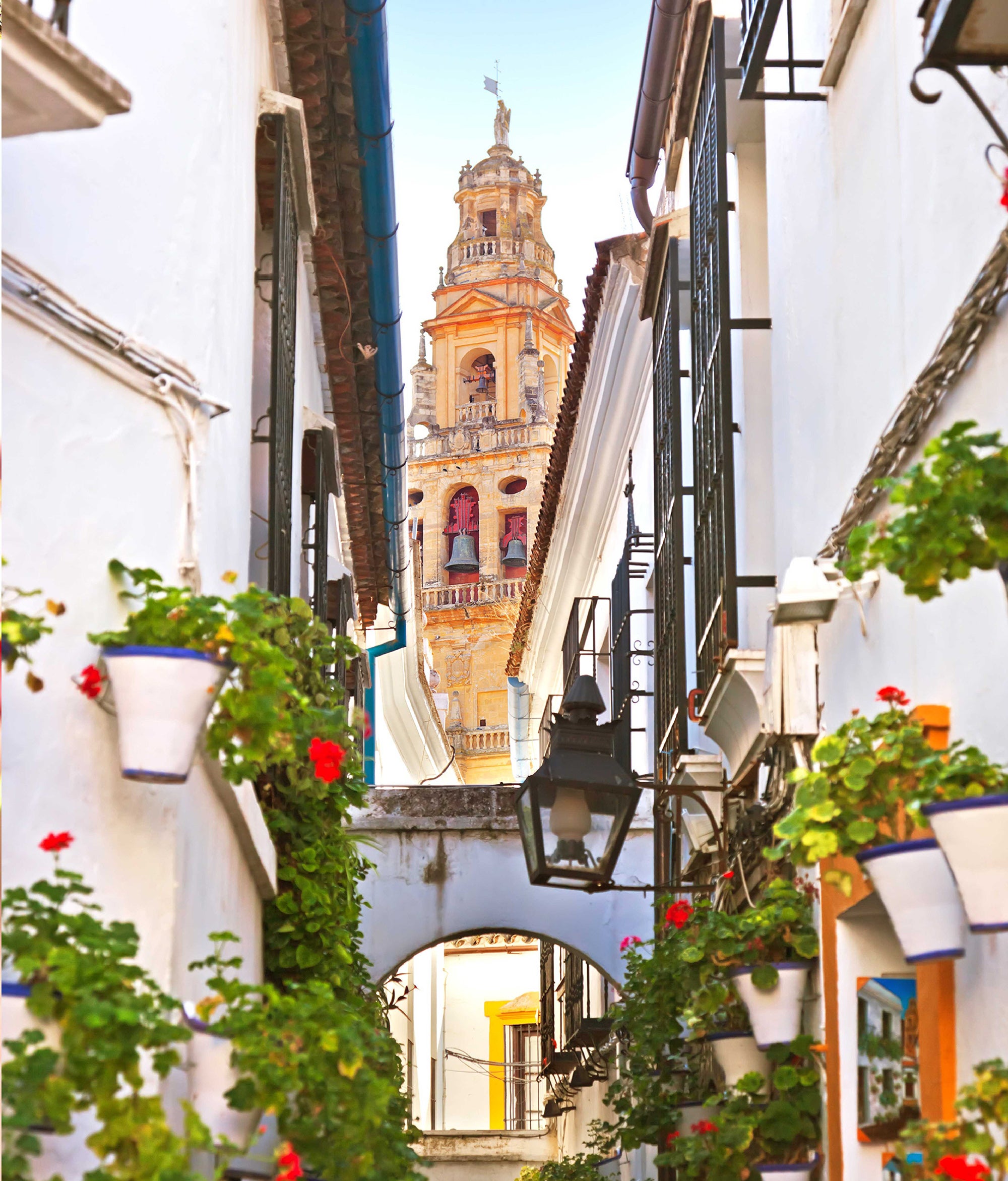
Multi-centre
The latest highspeed trains connect Madrid with Barcelona, Valencia, Córdoba and other great cities at a cruising speed of 300km/h. They sweep across arid plateaux, through mountain ranges and along river valleys – and provide a great opportunity for two- or three-centre city breaks with fascinating journeys between.
Barcelona, with a direct train from Paris (and plenty of low-cost flights) is the obvious place to start. The line to Madrid is a beauty, performing heroics through the Pyrenean foothills and sweeping through lunar landscapes. Madrid’s rich repertoire of art, architecture and cuisine makes it the obvious partner for a two-city trip. Córdoba has no flight links from Britain, so the train makes perfect sense for exploring this intensely Moorish city before heading south to Malága with its multiple flights home – as well as a wealth of attractions including the Picasso Museum in the artist’s birthplace.
You can assemble your own trip, or consult a trains specialist such as Great Rail Journeys (greatrail.com).

Island beauty
Palma, Mallorca’s entrancing capital, has two railway stations. One is a smart modern terminal that despatches trains to Manacor, at the east of the island, in an hour every hour.
The other is a 1912 antique that, according to the usual principles of transportational evolution, should by now have been consigned to oblivion. Instead, the Palma-Sóller line is one of Spain’s most alluring. A quaint, wooden train has been running on a yard-gauge line across the mountains for over a century.
Don’t expect any high speeds on the 17-mile journey – just one blissful view after another, with engineering miracles such as the “cinc-ponts” viaduct, before you descend to the pretty town of Sóller and a connecting tram to the sea . Even in winter trains run four times a day, and a combined train/tram return ticket costs €30 (00 34 971 752 051; trendesoller.com).
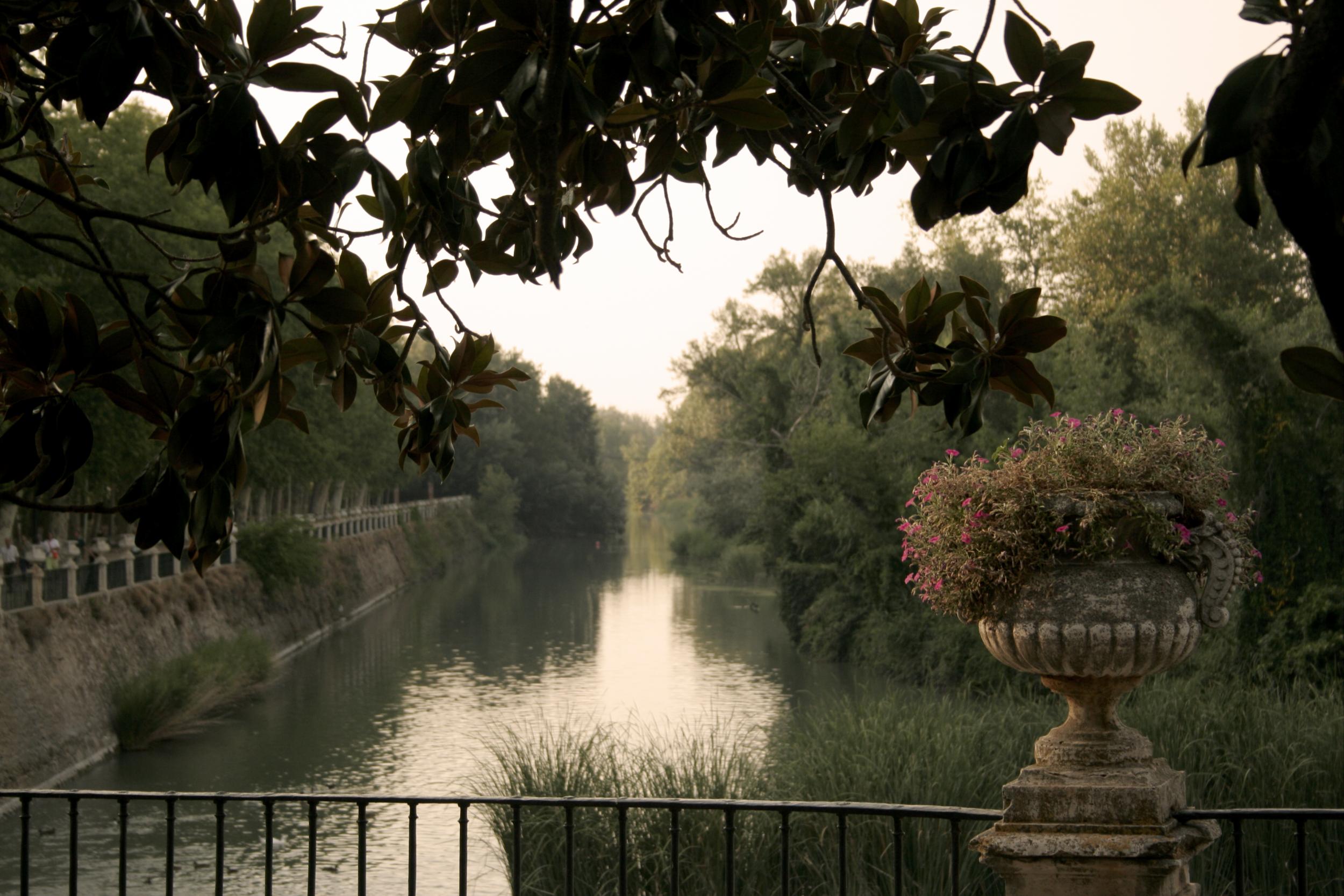
Capital circle
Suburban trains around Spain’s big conurbations are branded cercanías, but even these can be relatively speedy, connecting Madrid to neighbouring towns.
The best day trip is along Spain’s very first railway line south to Aranjuez, which ended at the gates of the royal palace. Its “cultural landscape” has been recognised by Unesco, and comprises fabulous Spanish Bourbon architecture. Today, you can explore the palace and its gardens (below) beside the Tagus river, then visit churches and mansions that decorate the town.
Aranjuez can be easily combined with another end-of-the-line town, Chinchón, which has a fascinating centre: the plaza mayor is circular, and flanked by handsome townhouses. Stay in the Parador (00 34 918 94 08 36; parador.es), in a former monastery. Doubles from €85, room only.
And if you happen to be flying out of Madrid Barajas airport, an excellent final stop is Alcalá de Henares, steeped in academic tradition – and a Unesco site. Spain’s foremost writer, Cervantes was born here, and his birthday each 9 October triggers much celebration.
Buying Tickets
If you just “turn up and go”, you may be impressed by how speedy the process is; most station booking offices have a special ticket window for immediate departures. Planning ahead is recommended, though; not only might you save money, but availability is in short supply for peak AVE services. The main website, renfe.es, has good Englishlanguage information, and sells the cheapest tickets, but specialist agents can be worthwhile for complex itineraries. Online, the single best information resource is seat61.com.
Click here to view Spanish tours and holidays, with Independent Holidays.
Join our commenting forum
Join thought-provoking conversations, follow other Independent readers and see their replies
Comments